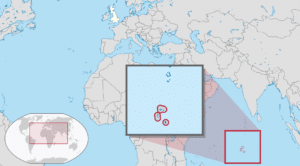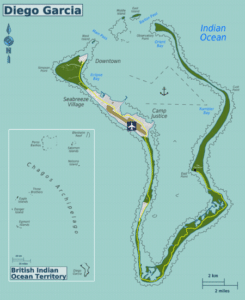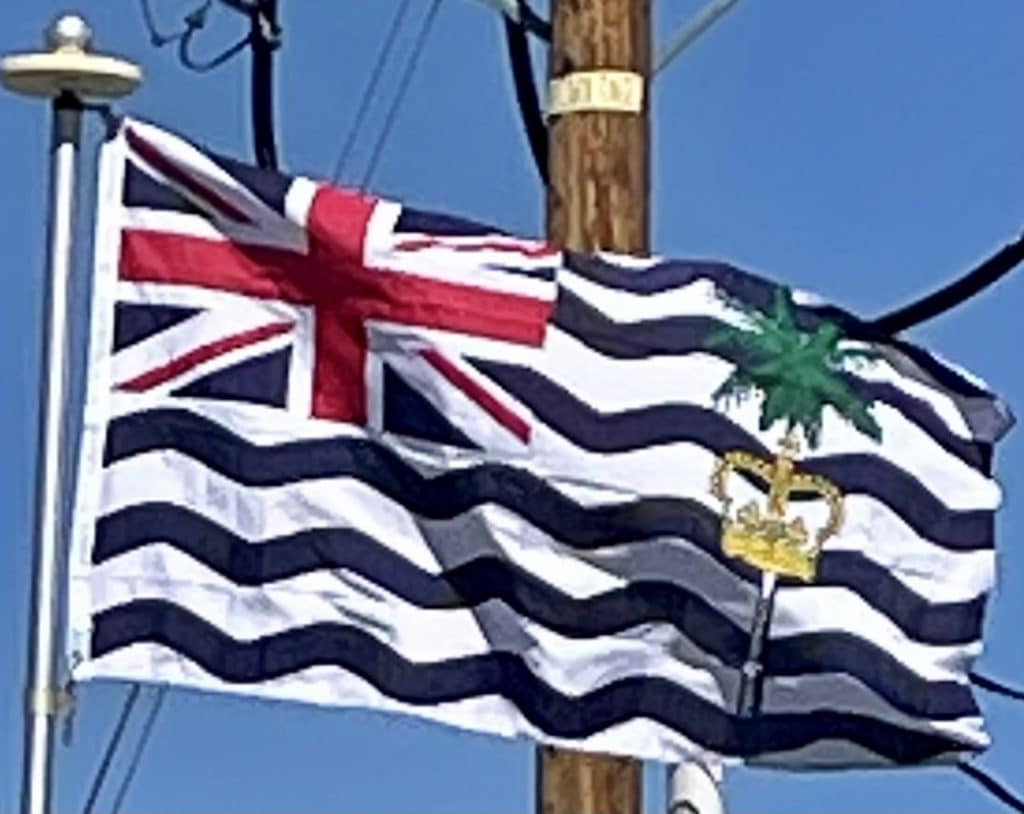Introduction:
The British Indian Ocean Territory (BIOT) is a British Overseas Territory of the United Kingdom situated in the Indian Ocean halfway between Tanzania and Indonesia. The territory comprises the seven atolls of the Chagos Archipelago with over 1,000 individual islands – many very small – amounting to a total land area of 60 square kilometers (23 sq mi). The largest and most southerly island is Diego Garcia, 27 km2 (10 sq mi), the site of a Joint Military Facility of the United Kingdom and the United States.

The only inhabitants are US and British military personnel and associated contractors, who collectively number around 3,000 (2018 figures). The forced removal of Chagossians from the Chagos Archipelago occurred between 1968 and 1973. The Chagossians, then numbering about 2,000 people, were expelled by the UK government to Mauritius and Seychelles in order to construct the military base. Today, the exiled Chagossians are still trying to return, saying that the forced expulsion and dispossession was unlawful, but the UK government has repeatedly denied them the right of return. The islands are off-limits to Chagossians, casual tourists, and the media.
Since the 1980s, the Government of Mauritius has sought to regain control over the Chagos Archipelago, which was separated from the then British Colony of Mauritius by the UK in 1965 to form the British Indian Ocean Territory. A February 2019 advisory opinion of the International Court of Justice called for the islands to be given to Mauritius. Since this, the United Nations General Assembly and the International Tribunal for the Law of the Sea have reached similar decisions.
History:
Maldivian mariners knew the Chagos Islands well. In Maldivian lore, they are known as Fōlhavahi or Hollhavai (the latter name in the closer Southern Maldives). According to Southern Maldivian oral tradition, traders and fishermen were occasionally lost at sea and got stranded on one of the islands of the Chagos. Eventually they were rescued and brought back home.

However, these islands were judged to be too far away from the seat of the Maldivian crown to be settled permanently by them. Thus, for many centuries the Chagos were ignored by their northern neighbors.
Early settlement:
The islands of Chagos Archipelago were charted by Vasco da Gama in the early 16th century, and then claimed in the 18th century by France as a possession of Mauritius. They were first settled in the 18th century by African slaves and Indian contractors brought by Franco-Mauritians to found coconut plantations. In 1810, Mauritius was captured by the United Kingdom, and France subsequently ceded the territory in the Treaty of Paris in 1814.
Formation of BIOT:
In 1965, the United Kingdom split the Chagos Archipelago from Mauritius and the islands of Aldabra, Farquhar and Desroches (Des Roches) from the Seychelles to form the British Indian Ocean Territory. The purpose was to allow the construction of military facilities for the mutual benefit of the United Kingdom and the United States. The islands were formally established as an overseas territory of the United Kingdom on 8 November 1965.
A few weeks after the decision to detach the Chagos Archipelago from Mauritius, the United Nations General Assembly passed Resolution 2066 on 16 December 1965, which stated its belief that this detachment of part of the colonial territory of Mauritius was against customary international law as recorded earlier in the Declaration on the Granting of Independence to Colonial Countries and Peoples of 14 December 1960. This stated that “Any attempt aimed at the partial or total disruption of the national unity and the territorial integrity of a country is incompatible with the purposes and principles of the Charter of the United Nations.” Largely because of the detachment of the islands, the International Court of Justice determined in 2019 that the decolonization of Mauritius was still not lawfully completed.
